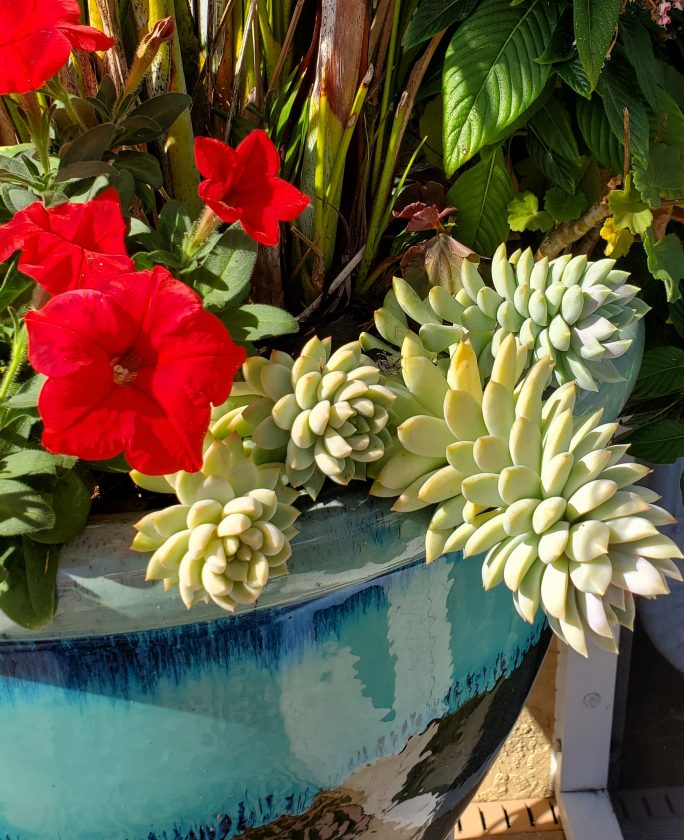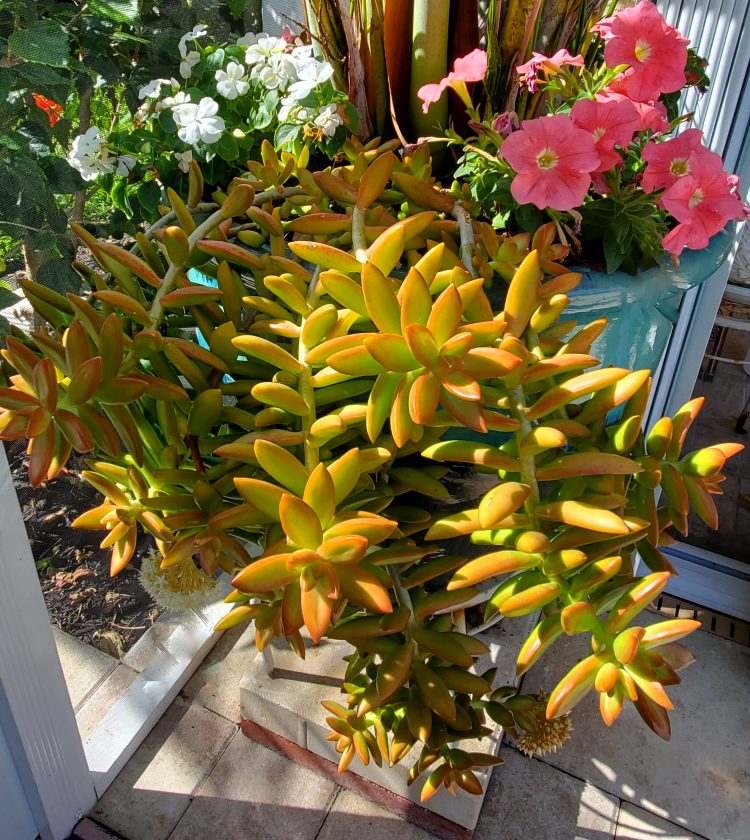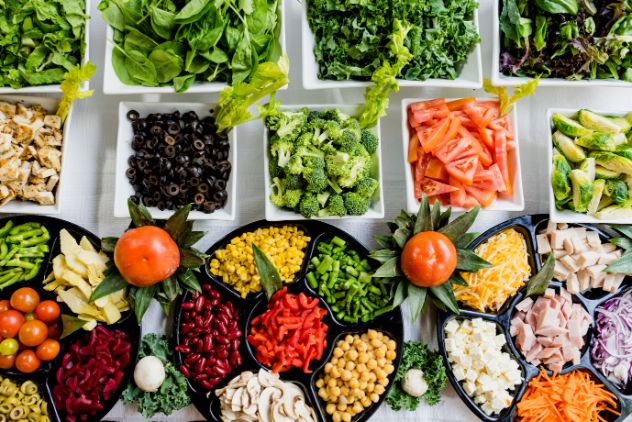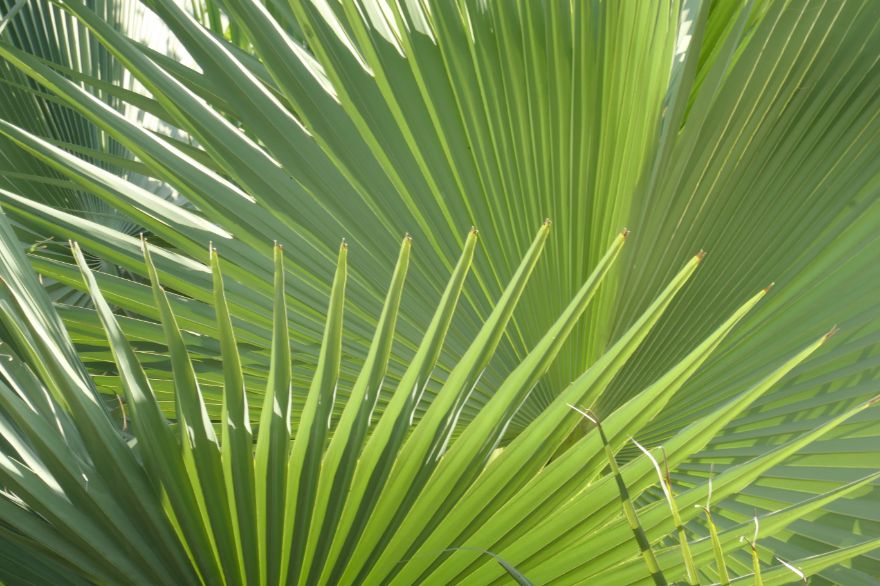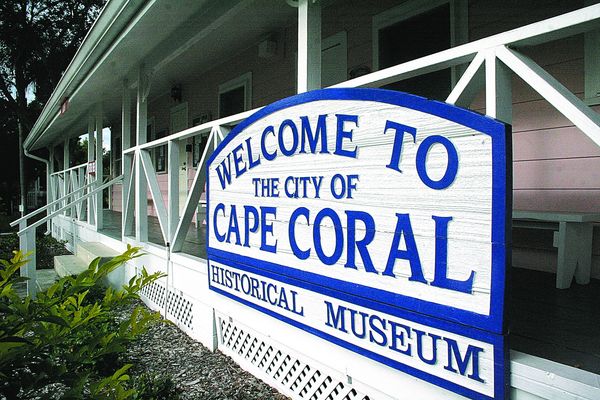Florida friendly landscaping principle #5: attract wildlife
January 7, 2021
As Florida’s population continues to grow, open/green space continues to be supplanted by increased residential and commercial development and their associated infrastructures. One of the negative impacts of this rapid development has been and continues to be the destruction of the natural habitat for our native birds and animals. Considering that Florida is the third most diverse state when it comes to wildlife and is a major stop for migratory birds, Florida friendly yards not only create a wildlife sanctuary but serve as a natural corridor for safe migratory passage.
Like people, wildlife need food, water, shelter and space. To satisfy these requirements, homeowners can begin by creating a backyard habitat plan (always good to plan first!), and then planting a variety of vegetation of varying sizes and heights. Diverse areas that provide reliable sources of nectar and food such as seeds, nuts and berries attract a wider variety of animals. And by layering vegetation, including ground cover, your yard becomes a refuge, providing shade and rest. Adding a small pond or birdbath as a water source will ensure all bases are covered and all basic needs are met.
It is important to note that, if left unattended, birdbaths will quickly accumulate algae and become a breeding ground for mosquitoes. As a control measure, change out the water frequently. When cleaning, scour and wash birdbaths without the use of harsh bleach or soap. For additional control of algae, consider adding a drop or two of algaecide into the birdbath periodically. Prior to the purchase of any algaecide, though, read the label to confirm that the product in question is safe for wildlife. You can also add Bti (aka Bacillus thuringiensis israelensis), which is a biological control for the larvae stages of mosquitoes. The great thing about Bti is that it is safe for humans and other animals. And adding an agitator to keep water moving can only help!
Snags are trunks of dead trees. If leaving them in place doesn’t pose a danger consider doing so, because they provide a place for birds to perch nest, and feed. And because the idea is to attract beneficial insects as well as land animals and birds, avoid the use of wide-spectrum pesticides as they do not discriminate and will enter the food chain. Along with problem pests such as aphids, mealybugs, whiteflies and the like, they will kill beneficial insects such as lady beetles (or lady bugs as I like to say) and bees and can be toxic to birds and other wildlife.
When selecting plants consider Florida native plants as these provide reliable sources of food and nectar for native wildlife. Disease resistant, non-native Florida friendly plants can also be an option. Consider providing nourishment for all stages of life. For example butterflies need specific plants during their life cycle i.e., nectar plants as adults and larval or host plants while caterpillars. And, depending on where you live, you may want to consider seasonal plants for year-round feeding.
So, there you have it, a brief introduction to the fifth principle of Florida friendly landscaping. For further information, visit Attract Wildlife
Happy gardening!
Janetta Fox is a member of the Garden Club of Cape Coral and a Lee County Master Gardener Volunteer.

